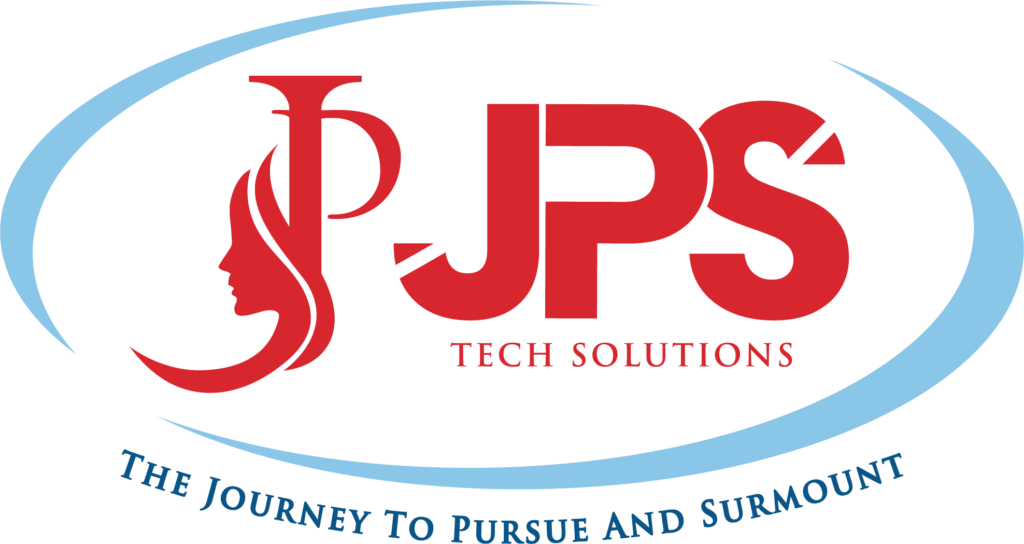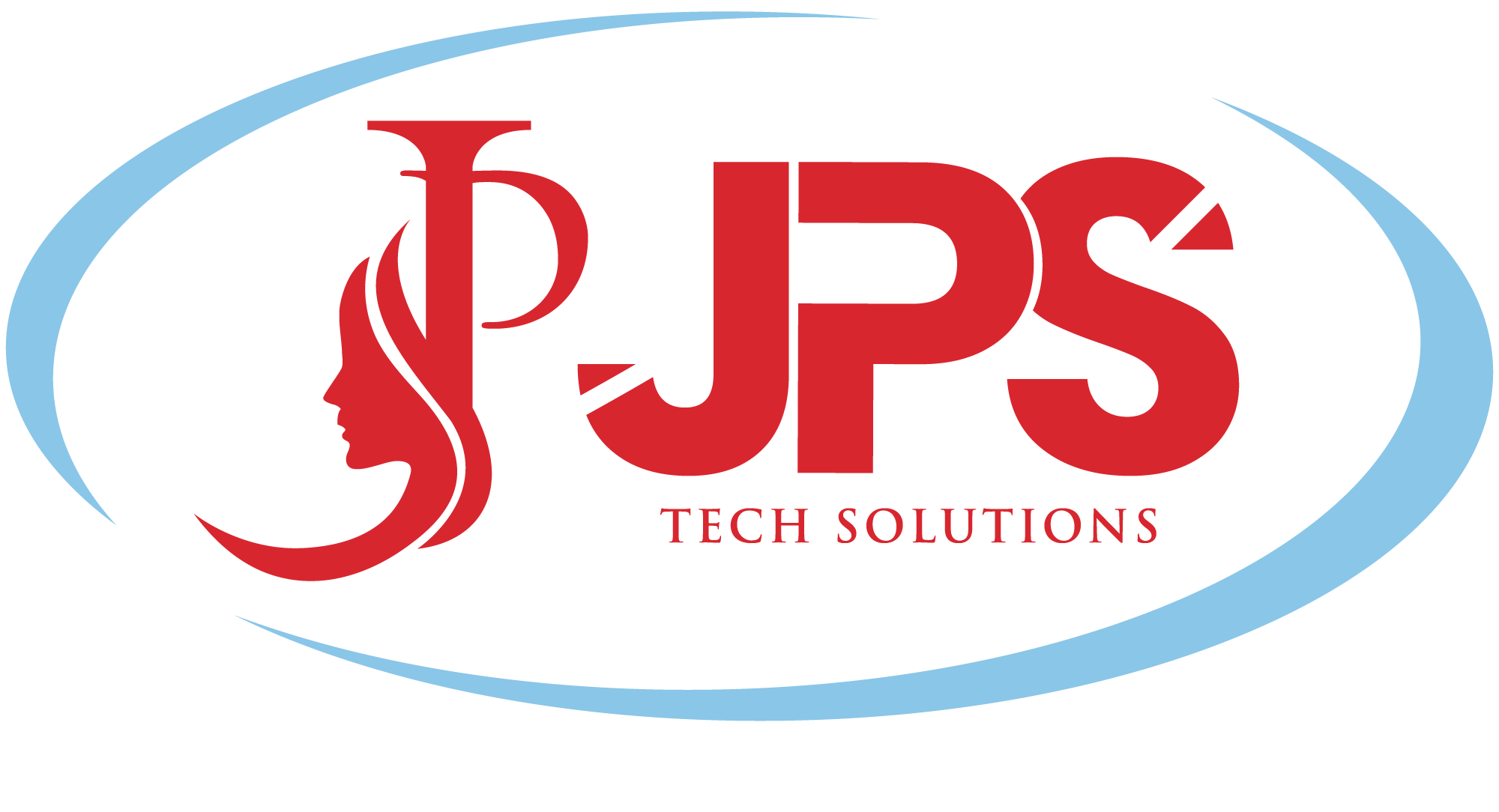Job Description
Job Id:
JPS-2122
*Copy Job Id. It is required to apply for this specific role.
Job Description:
Scrum Manager – International Cart, Checkout and Accounts Team. This is a newly formulated team, merging members from our Cart/Checkout & Account/Profile Teams.
Sprint Management:
- Act as lead team spokesperson on delivery related items with responsibility for communicating the “story of the sprint”, including delivery stats, overall trends, etc.
- Maintain accurate and projected capacity plan at all times.
- Ensure appropriate backlog refinement activities are taking place – to maintain at least 2 sprints worth of refined stories at all times( working with the aligned Business Analyst , PdM)
- Ensure Epics/Features are reflected accurately for a specific piece of work so that status tracking can be done accurately.
- Facilitate specific agile ceremonies:
- Team Demo’s
- Retro’s
- Daily Standups
- Dependency Huddle
- Sprint Planning Meetings
- Etc.
- Capture, track and remove team blockers, escalating as needed.
- Capture, track and manage funnel and/or initiative specific RAID (risk, agreement, issue, decision) items. Escalate as needed.
Note: initiatives that have Project/Program Managers assigned may track their RAID items differently.
- Capture, track and coordinate dependencies across all funnel related work items (aside from those being managed by a specific Project/Program Manager) in advance of sprints actual start.
- Update directly or ensure maintenance by others of Jira and Confluence data at all times, ensuring accuracy of data leveraged within the Scrum master dashboard.
- Leverage the Scrum master dashboard metrics for decision making activities, presenting the information to others as required. Continue to provide feedback and ideas on improving the dashboard and driving a fact-based approach to decision making.
- Maintain initiative specific timelines and report initiative level status updates as appropriate (aside from those items being managed by a specific Project/Program Manager).
- Ensure communication occurs with all key stakeholders when sprints are defined (i.e sprint plans are set).
- With partner Scrum Masters, maintain master sprint calendar.
- Manage and maintain the Dependency Huddle and associated before, during and after the meetings as needed.
- Ensure all funnel specific quarterly planning activities are handled within a timely manner and in a way that ensures the teams are able to develop, represent and finalize their plans during the QPR cycle.
Team Performance/Advocacy: Discuss During SM COP
- Advocate for Team Members:
- Serve as the primary contact for team members, ensuring their concerns are addressed.
- Facilitate open communication within the team to resolve conflicts and obstacles.
- Support team members in achieving their professional development goals related to sprint tasks.
- Safeguard Team Efforts:
- Implement strategies to maintain a sustainable work pace, preventing burnout.
- Monitor and manage workloads to ensure a balanced distribution of tasks among team members.
- Shield the team from external interruptions and distractions to maintain focus on sprint goals.
- Ensure any unplanned work is following a pre-defined intake process to prioritize and refine by the Product Manager.
- Monitor Team Dynamics:
- Regularly check in on the team’s morale and motivation levels, addressing any issues that arise.
- Foster a positive and collaborative team environment to enhance productivity and job satisfaction.
- Share relevant observations and insights about team dynamics with key stakeholders (Devanshi, Arvind, Tammy, Amanda, etc.) to ensure transparency and support.
- Ensure Process Adherence:
- Continuously evaluate and improve team processes to enhance efficiency and effectiveness.
- Identify and implement best practices for Agile methodologies within the team.
- Mentor and coach individual team members to develop their skills and contribute more effectively to the team’s success.
- Collaborate with Product Manager:
- Work closely with the Product Manager to ensure alignment on product vision, goals, and priorities.
- Facilitate regular meetings and communication between the Product Manager and the team to ensure clear understanding and expectations.
- Support the Product Manager in backlog refinement, sprint planning, and prioritization to ensure successful project outcomes.
- Facilitate Scrum Events:
- Organize and lead daily stand-ups, sprint planning meetings, sprint reviews, and retrospectives.
- Ensure these events are productive and focused on achieving the sprint goals.
- Encourage active participation and collaboration during these events to maximize their value.
- Remove Obstacles:
- Identify and address any impediments or blockers that may hinder the team’s progress.
- Work proactively to resolve issues, whether they are technical, logistical, or interpersonal.
- Ensure that the team has the necessary resources and support to meet their sprint objectives.
- Promote Continuous Improvement:
- Cultivate a culture of continuous improvement within the team.
- Encourage regular feedback and reflection on team performance and processes.
- Implement actionable improvements based on retrospectives and team input to enhance future sprints.
- Maintain Stakeholder Communication:
- Maintain clear and open communication with all stakeholders regarding the team’s progress, challenges, and successes.
- Provide regular updates and reports to stakeholders to ensure alignment and transparency.
- Manage stakeholder expectations and address any concerns promptly and effectively.
- Foster Team Autonomy:
- Empower the team to make decisions and take ownership of their work.
- Support the development of self-organizing and self-managing team behaviors.
- Encourage innovation and creative problem-solving within the team.
Delivery Management:
- Understand and oversee the defined epics assigned to the Team.
- Account for production support efforts within the Capacity Plans and subsequent Sprint Plans developed with the team.
- Provide inputs to aligned tech managers (@Prashant Rai @Kabilan Arumugam @Tammy Bare ) of trends or blockers associated with Scrum team.
- Develop and manage project milestones and tasks in Smartsheet for visibility and adherence to schedules. – Discuss During SM COP
- Facilitate weekly project calls with stakeholders on highly dependent external projects.
- Define ownership and manage release management for all projects, ensuring clear responsibilities and coordination among team members and external teams.
- Communicate and engage with key stakeholders, keeping them informed on delivery activities, timelines and blockers.
- Manage RAID items, escalating to leadership as needed to ensure delivery activities continue as planned.
- Ensure performance against quarterly plan, escalating blockers or impacts to delivery per plan as needed. Update quarterly plan as required, sharing with key stakeholders when changes occur.
- Partner with Product Managers on quarterly plan activities, as appropriate.
- Protect the Sprint, once finalized, negotiating as needed when new items come in at the last minute. In the case of sev 1 production support items, the SM needs to communicate impacts to the shift in capacity mid sprint.
- Manage unplanned incoming items, ensuring Intake processes are followed as appropriate. Work with the Product Manager, shifting work as needed while ensuring communication or quarterly plans are updated as needed. Draft Quarterly Plan Change Requests as required.
- Work with Project/Program Managers on resource/work activities as if appropriate.
- Establish and track team working agreements.
Quarterly Planning:
- Leverage the INTL Quarterly Planning schedule to organize yourself and your Team. This QP planning calendar will help you plan for the right time-frame to schedule your QP pre-planning meetings – Examples: INTL Quarterly Planning – FY22 Q3 Schedule, INTL Quarterly Planning – FY22 Q2 Schedule
- Your Team’s QP pre-planning meetings should be scheduled 2 weeks ahead of the QP event
- Purpose of the pre-planning sessions is for your PdM to introduce Business Epics & Initiatives planned for the upcoming quarter. Your Sr. Engineers will also introduce Tech-specific work for next quarter.
- Both PdM & Sr. Engineer is responsible for creating a Confluence page for each Epic, which they will use as basis of their introduction and to capture Open Questions by your Team, Dependencies, etc.
- Both PdM & Sr. Engineer will link the respective Confluence page for each new Epic to your Team’s Quarterly Vision Plans page – Example: 22Q2 Team Vision Plans
- The # of pre-planning meetings ahead of the QP event may vary between Teams – SM will ask their own Team to confirm what is needed and what works best for them.
- Normally, the pre-planning meetings are facilitated during the day, Pacific Time, and thus our India team members are not required to join. These calls can be recorded and shared w/ the entire Team.
- Sample Confluence page to capture QP Pre-planning meetings: Q2 Zoom Recordings – Feature Definition & Sizing Workshops (Biz & Tech)
- SM + Team will decide best way to ensure that India Team members are kept well informed of what is being introduced during the Pre-planning meetings.
Process Improvement (PI):
- Ensure a continual process improvement focus exists across the team, supporting an environment of experimentation and new practice trials.
- Ensure consistency with lulu’s INTL common practices.
- Contribute to and lead Process Improvement activities as appropriate.
- Partner with peer Scrum masters to share and leverage lessons learned, fostering a PI culture at all times.
- Facilitate team assessments, against the common practice frameworks in use for INTL.
- Foster an environment where team is empowered to make decisions regarding their workflows and practices and are also encouraged to take ownership of their processes and improvements.
Team Culture:
- Celebrate and communicate team successes including calling out positive team behaviours or individual contributions.
- Partner closely with the Product Managers and team members to identify opportunities to work closely/collaboratively within the team and across teams.
- Set up time for fun/silly time with the team to build social bonds.
- Identify and address with individuals or the group those behaviors that run counter to positive team culture.
- Maintain regular 1:1 meetings with each team member.
- Foster collaborative and productive culture.
- Foster trust within the team, people speaking up at meetings, etc., etc.

